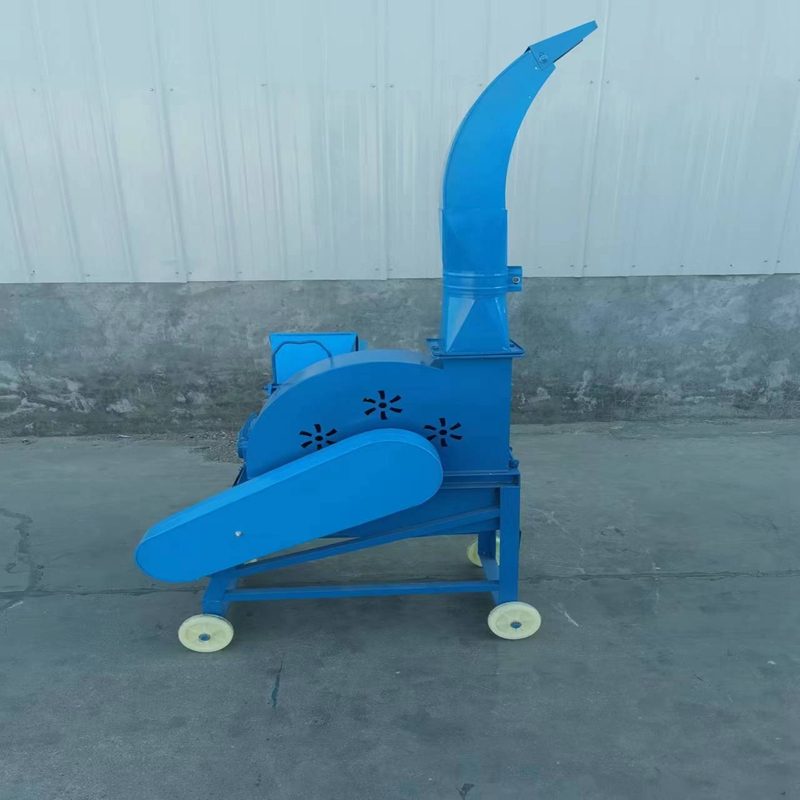Animal Feed Pellet Production Equipment for Efficient Livestock Nutrition
តុលា . 21, 2024 17:21 Back to list
Animal Feed Pellet Production Equipment for Efficient Livestock Nutrition
The Evolution and Importance of Animal Feed Pellet Making Machines
In the world of agriculture and animal husbandry, the efficiency and quality of animal feed have become paramount. As animal nutrition plays a critical role in livestock health and productivity, the demand for effective feed manufacturing techniques has surged. This is where animal feed pellet making machines come into play, revolutionizing how animal feeds are produced.
Understanding Animal Feed Pellets
Animal feed pellets are compacted forms of feed ingredients, designed to provide a balanced diet for livestock. The process of pelleting involves compressing the feed mixture under high pressure and temperature. This results in a product that is more palatable, easier to handle, and has improved nutritional value due to the reduction of feed waste. Additionally, pellets can help in minimizing dust, making the feeding process cleaner and promoting better health for the animals.
The Advantages of Feed Pelleting
The advantages of using animal feed pellets over traditional loose feed are plentiful. First and foremost, pellets promote better feed conversion rates, meaning animals can absorb nutrients more efficiently. This is crucial for farmers looking to maximize their production and profitability. The use of pellets also reduces selective feeding behavior where animals choose only their preferred ingredients, thus ensuring a more balanced diet.
Moreover, the pelleting process can help eliminate pathogens and toxins in feed materials, contributing to animal health and safety. Manufacturers can incorporate additives like vitamins and minerals more effectively into pelleted feeds, improving overall feed quality. Additionally, pellets are easier to store and transport, as they take up less space and are less prone to spoilage.
Types of Animal Feed Pellet Making Machines
Animal feed pellet making machines come in various types, each designed to handle different scales of production.
animal feed pellet making machines

1. Flat Die Pellet Mills These are ideal for small to medium-scale production. The flat die pellet mills utilize a flat die with holes through which the feed mix is forced, creating pellets. They are relatively simple to operate and maintain, making them suitable for small farms and startups.
2. Ring Die Pellet Mills These machines are designed for larger production volumes. The ring die consists of a cylindrical die with holes, allowing for continuous and high-capacity production. They are more efficient in processing larger quantities of feed and are commonly used in commercial feed manufacturing plants.
3. Mobile Pellet Mills Increasingly popular among farmers, these portable machines enable on-site pellet production. This reduces transportation costs for raw feed materials and allows farmers to produce fresh pellets tailored to their specific livestock needs.
Choosing the Right Machine
When selecting a pellet making machine, several factors need to be considered. The scale of production, type of feed (such as ruminants, poultry, or aquaculture), and budget constraints play critical roles. It is also essential to consider the machine's durability and the availability of spare parts and support services.
Innovations in Pelleting Technology
The feed industry is witnessing continuous innovations in pelletizing technology. Advanced designs with better energy efficiency, automated systems for mixing and feeding, and integration with nutritional analysis tools are enhancing production efficiency. Newer models also focus on reducing wear and tear components, resulting in less maintenance time and costs.
Conclusion
Animal feed pellet making machines are at the forefront of modern animal husbandry practices, offering solutions that address the increasing demand for quality and efficiency in feed production. As the global population grows and the need for livestock products increases, investing in advanced pelleting technology is more critical than ever. This transformation in feed production not only enhances the health and productivity of livestock but also supports sustainable agricultural practices, making it an invaluable asset for farmers around the world. With ongoing innovations, the future of animal feed production looks promising, ensuring that animals receive the best possible nutrition catered to their needs.
-
High Performance Exhaust Fan – Efficient Ventilation Solutions for Home
NewsJun.10,2025
-
High-Quality Gestation Pen for Sows Durable Mobile Pig Pen & Simple Pig Pen Solutions
NewsJun.10,2025
-
High Quality Rabbit Cage Double Tier Designs & Welded Wire Mesh Supplier
NewsJun.10,2025
-
Floating Fish Feed Machine - High Efficiency Floating Fish Feed Extruder for Small Scale Production
NewsJun.10,2025
-
Premium Poultry Housing Solutions Mobile & Commercial Free Range Options
NewsJun.10,2025
-
Industrial FRP Fans Corrosion-Resistant Blades & Centrifugal Systems
NewsJun.09,2025






